Simplified summary of Lead Safe Mama, LLC findings for Lead-painted glass baby bottles purchased on Amazon in 2021
Introduction (for those new to this website):
Tamara Rubin is a federal-award-winning independent advocate for consumer goods safety and a documentary filmmaker. She is also a mother of Lead-poisoned children, her sons were acutely Lead-poisoned in 2005. Since 2009 Tamara has been using XRF testing (a scientific method used by the U.S. Consumer Product Safety Commission) to test consumer goods for toxicants (specifically heavy metals), including Lead, Cadmium, Mercury, Antimony, and Arsenic. All test results reported on this website are science-based, accurate, and replicable. Items are tested multiple times, to confirm the test results for each component. Tamara’s work was featured in Consumer Reports Magazine in February of 2023.
This article was drafted as a summary document that could be shared directly with the United States Consumer Product Safety Commission (CPSC), in our efforts to request they implement legislative change outlawing the use of Lead paint on infant feeding products and separately, that they demand recalls be initiated for all recently manufactured Lead-painted infant feeding products. This post was shared with the CPSC (by a former employee with the CPSC). They did not respond.
Published: December 20, 2021 — Monday
Minor edits to text and formatting (for clarification): July 2023
Subject: Lead-painted baby bottles for sale on Amazon in 2021
Section #1) Summary:
Lead Safe Mama, LLC tested seven different styles of glass baby bottles (from two different brands) — purchased on Amazon.com in 2021 — and these all tested positive for dangerous levels of Lead in the decorative painted exterior markings. Testing was done using a Niton XL3T 700 XRF instrument testing in “Consumer Goods/ Test All” mode. All tests were done multiple times to confirm the results. Test results reported by Lead Safe Mama, LLC are science-based, accurate, and replicable. If you would like to see the specific full test results for any of the bottles referenced in this letter, they can all be found on www.LeadSafeMama.com by typing the brand name in the search bar (which is on every page).
Section #2) Pertinent Facts & Concerns:
- The Lead paint on the exterior of these bottles exceeded CPSC/ U.S. federal safety standards for paint or coatings on items intended for use by children by many hundreds of times in most cases. (With the relevant federal standard being the requirement that Lead content in items manufactured by use for children is below 90 ppm Lead in the paint, glaze, or coating.)
- A 2017 study from Plymouth, England re-confirmed the potential for harm to humans from Lead painted exterior decorative markings on glassware — read more, LINKED here.
- A precedent for the concern of Lead paint on the glass bottles people drink from was established in the 2006 case of the State of California against Coca-Cola (Coca-Cola was importing Lead-painted bottles from Mexico). If you are not familiar with that case you can read more about that at this link.
- In most cases, the Lead-painted markings on these glass baby bottles are placed exactly where a newborn/infant/toddler/child would be expected to place their hands in order to use the bottle as intended.
- Hand-to-mouth activity is common and appropriate for the age (the intended age of the young humans using these bottles) and this placement of the Lead painted decorations on the outside of these glass baby bottles (especially given the levels of Lead found) does present a potential Lead-poisoning risk (a risk likely increased over the risk of other similar products given the typical use patterns of glass baby bottles in a household — which normally includes multiple boilings or sterilizations each day in functional use, a process which is likely to significantly accelerate the rate of deterioration of the paint on the exterior over time, potentially making the bottle more dangerous with regular use).
- These bottles are made in England and Germany.
- The company’s (NUK, Newell Brands) public position on this issue is “We do not sell the specific bottles in question in The United States, so we are not in violation of the CPSIA.”
- The bottles were purchased through Amazon, based in Seattle (they were ordered and paid for by a family in Tennessee, and shipped to Lead Safe Mama, LLC, in Oregon for testing).
- XRF test results for the paint on the NUK brand bottles ranged from 14,000 to 24,000 ppm Lead.
- XRF Test results for the Lansinoh bottles came in at just over 3,500 ppm Lead.
- All of the bottles shown also tested positive for Cadmium in the paint (Cadmium is a known carcinogen).
- The NUK brand bottles all tested positive for low levels of Mercury in the painted markings. While Mercury at these levels should be confirmed with follow-up laboratory testing, these findings are equally concerning.
- Three of the baby bottles shown also tested positive for a high level of Cobalt (five of the seven had at least some Cobalt) — which I understand can be toxic — although I am not aware of any specific standards for Cobalt in an application like this. I expect it should be similarly regulated to Lead, but it likely is not.
Section #3) Specific Lead-painted glass baby bottles purchased on Amazon in 2021 — images (NUK and Lansinoh)
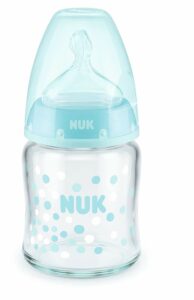
Additional Bottle from Nuk — painted with Lead paint — purchased in 2018 (found in the home of a family in California, where a child tested positive for Lead)
Section #4) Relevant product names
Section #5) XRF test results for products in question
- White & Gray Star Pattern: NUK 10225127 First Choice Plus Starter Set Glass, with 4 Baby Bottles. including Latex Teat and Bottle Box, 0-6 Months.
- 21,900 ppm Lead
- 311 ppm Cadmium
- 78 ppm Mercury
- Anchor Pattern: NUK First Choice Plus Glass Baby Bottle 240 ml size 1 Medium, 0-6 Months with Anti-Colic, Silicone for Milk Feeds Blue.
- 15,400 ppm Lead
- 174 ppm Cadmium
- 42 ppm Mercury
- 1,656 ppm Cobalt
- Paper Airplane Pattern: NUK Nature Sense Glass Bottle with Silicone 0-6 Months, M (6 Tiny Openings for Formula), Hold 240 ml Blue.
- 14,600 ppm Lead
- 168 ppm Cadmium
- 38 ppm Mercury
- 102 ppm Cobalt
- Teal Leaf Pattern: NUK Nature Sense Glass Bottle with Silicone 0-6 Months, S. (3 Tiny Openings for Breast Milk, Tea, Water), Holds 120 ml Green.
- 14,000 ppm Lead
- 160 ppm Cadmium
- 31 ppm Mercury
- 202 ppm Cobalt
- Yellow Flower Pattern: NUK First Choice Plus Glass Baby Bottle Orthodontic Teat 0-6 Months 240 ml.
- 20,300 ppm Lead
- 474 ppm Cadmium
- 45 ppm Mercury
- Blue Dot Pattern: NUK First Choice Plus Glass Baby Bottle Orthodontic Teat 0-6 Months 120 ml Blue.
- 24,000 ppm Lead
- 290 ppm Cadmium
- 64 ppm Mercury
- 1,103 ppm Cobalt
- Lansinoh mOmma: Lansinoh Glass Baby Bottles for Breastfeeding Babies, 8 Ounces, 4 Count.
- 3,525 ppm Lead
- 50 ppm Cadmium
- 2,293 ppm Cobalt
Section #6) Previous brands of products tested by Lead Safe Mama, LLC were found to have the same (or similar) problem — Lead in contact areas accessible to babies with normal use of the product (for which there were no recalls):
- Jervis & George brand glass baby food storage jars/drinking jars (with straw)
- Green Sprouts brand Sip & Straw Cup (Glass & Plastic) by iPlay
- Hevea Brand Glass Baby Bottles
- Pura Kiki stainless steel insulated bottles (solid Lead sealing blob [aka sealing “dot”] concealed under a cap, which several parents have reported — and photographed — as having separated, following their baby dropping or throwing the bottle)
Section #7) Lead Safe Mama, LLC’s Requests for Action by the CPSC:
- We request that the CPSC initiate a recall for all products listed above. (This includes specifically issuing recalls for the Hevea, Green Sprouts, Pura Kiki, and Jervis & George products — all of which have “recently-discontinued” models that the manufacturers have since claimed to “have been replaced with Lead-free alternatives.” This creates a huge problem, in that they never recalled the Leaded versions and thousands of families still have the Leaded versions of the products in current use in their homes – across The United States.)
- We request that the CPSC remove whatever regulatory loophole/ carve-out/ exemption/ rationale in the CPSIA that allows Lead paint to be used on the exterior of modern infant feeding products.
- We request that if the CPSC does publish anything related to this (including a press release or article with follow-up findings), please credit Lead Safe Mama, LLC — www.LeadSafeMama.com — as the source of these initial findings. (We are a woman-owned small business based in Portland, Oregon with a unique community-based collaborative business model.) Consumer goods inquiries (like the testing of this group of baby bottles) are undertaken at the direction of and with the help and support of Lead Safe Mama, LLC readers (a readership made up largely of parents of Lead-poisoned and Lead-exposed children around the world).
- While we have speculated why Lead paint on the exterior of infant feeding products might have conceivably been “allowed” (and we have a few reasonable theories), we would appreciate a public statement from the CPSC clarifying the agency’s reasoning for allowing Lead paint on baby bottles and infant feeding products up to this date. (Why have the reports of these bottles made by Lead Safe Mama, LLC readership resulted in no recalls or other action taken by the CPSC? Why is it not illegal for infant feeding products to be painted with Lead paint in 2021?)
Thank you for reading. Please contact me with any questions. I have sample examples of each of these bottles in storage if any agency or organization is interested in doing additional testing to confirm the test results for the bottles in question.
Tamara Rubin, Owner
Lead Safe Mama, LLC
7933 SE 15th Avenue
Portland, OR 97202
E-mail: TamaraRubin@mac.com
Cell: 415-609-3182

Never Miss an Important Article Again!
Join our Email List








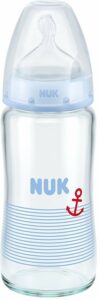
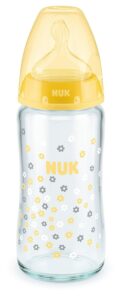
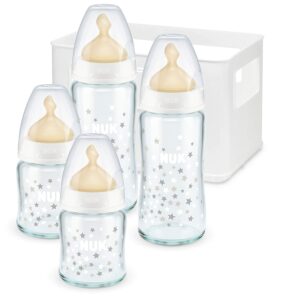
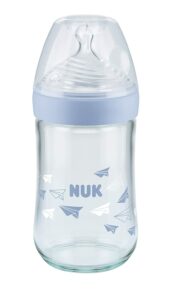
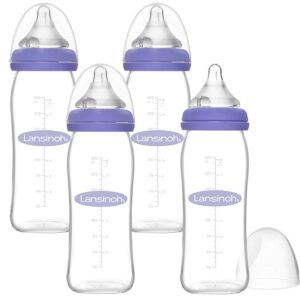
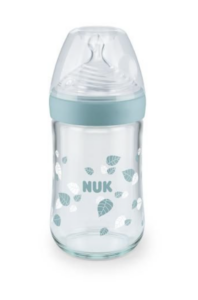
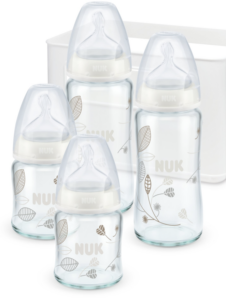
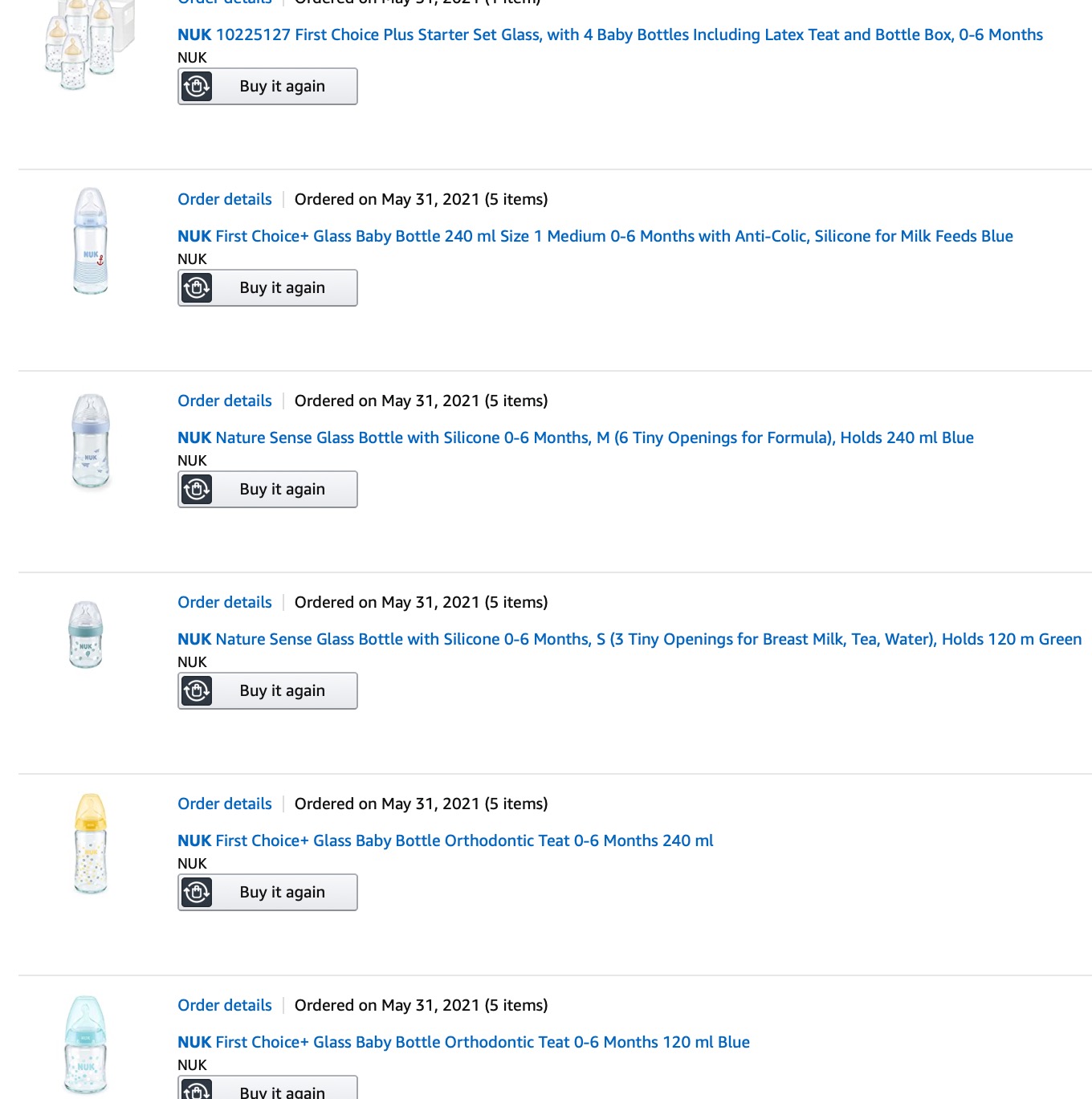

Did you made also a test for lasinoh plastic bottles?
I’d love to know about lansinoh plastic bottles as well. Thanks for all your hard work!
Have you ever tested the Dr Brown’s glass bottles? They are very popular.
We use Dr. Brown bottles in the hospital. Any info.?
Put “Dr. Brown” in the search bar at the top of any page of the site.